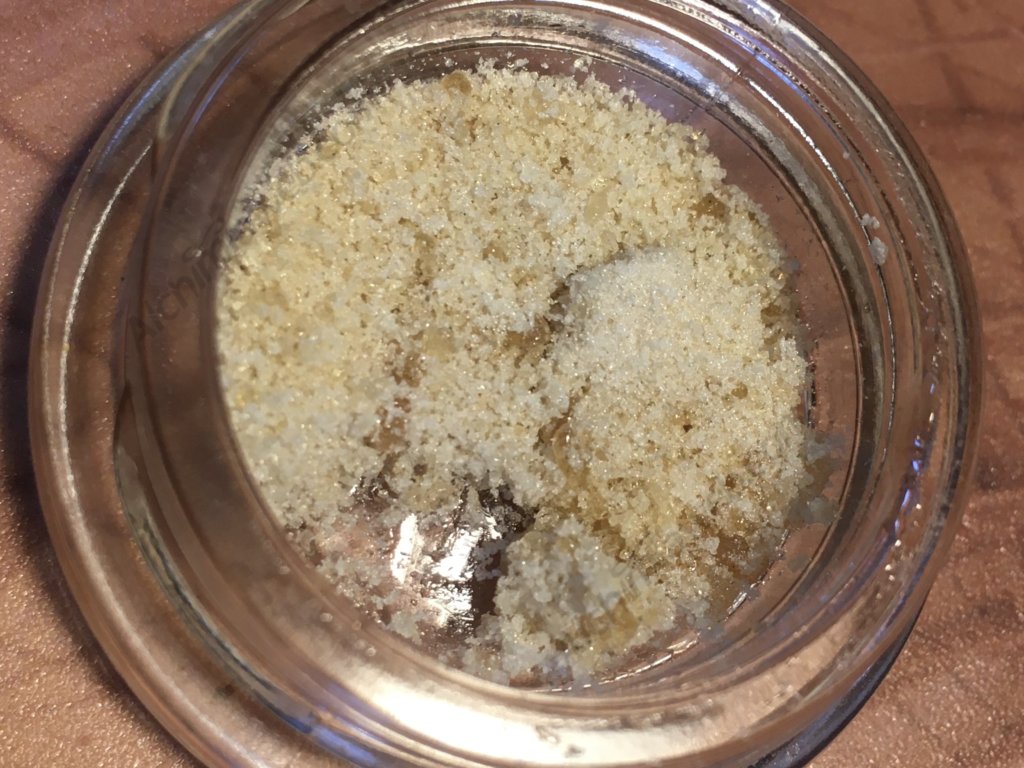

Hash created through the use of solvents is the more modern way of doing things. In the latter case, you'd simply take your dried herb and rub it onto a screen to separate the trichomes.Īfter you’ve turned the trichomes into a pile of kief, you scoop them up into moulds, heat them, and press them into blocks, spheres, or snakes. Instead, you use mechanical means-which can be as simple as using your hands or setting up a silkscreen. This is the traditional way of making hash, which does not involve any solvents. Let’s explore the key differences between solvent-based and solventless hash before digging deeper into various production methods. As we’ve previously mentioned, it involves collecting kief and forming it into either a brick, block, or ball using a variety of mechanisms.

The umbrella concept of making hash is pretty straightforward. Dried buds are commonly used in dry sifting, which is also one of the easiest methods of making hash. They’re called sugar leaves because they contain a fine dusting of trichomes on their surface. Sugar leaves: These are the very small, spiky leaves you’ll find embedded within the flowers.They don’t contain as much kief as the sugar leaves, but are still valuable for making hash. Fan leaves: These are the largest and most recognisable leaves on the cannabis plant.Though their overall cannabinoid content is lower than the females, the trichomes can still be put to good use. But don’t throw out your males just yet, because you can use them to make homemade hash. Male plants: Growers usually dispose of male cannabis plants to avoid pollinating their females.You can use various parts of the plant’s anatomy to source trichomes: From What Parts of the Cannabis Plant Can Hash Be Made?Ĭannabis is more complex than you might think. It is highly psychotropic and fairly easy to source. People who love their concentrates, but prefer an easy, affordable extraction option, use kief as their primary starting point. There are numerous hash-making methods out there, which we will discuss in the next portion of this article, but generally, it involves heating and pressurisation, with the end result being either a pliable ball or a flat brick. Hash is the byproduct of kief that’s been extracted from the cannabis plant and subjected to a variety of processes. Until recently, trichomes were referred to as simply “ kief”, which appears as a fine powder not unlike sand.

Many growers save their “trim” (cannabis stems, leaves, etc.) because they can extract all the trichomes to make edibles or, as we'll soon detail, hash. They’re also that sticky resin you feel between your fingers, and contain all the good stuff like terpenes and our beloved THC and CBD.Īlthough most trichomes are found on mature cannabis flowers, they can be sourced from all over the plant in smaller concentrations. If you haven’t seen trichomes up close yet, try putting a bud under a magnifying glass or microscope and have a look for yourself. Each one of these, as you might’ve guessed, are the trichomes. Now, what are trichomes, you ask? Look for the hair-like structures on the surface of your buds. Here’s hash in a nutshell: when you separate the trichomes from the cannabis plant, you get hashish.


 0 kommentar(er)
0 kommentar(er)
